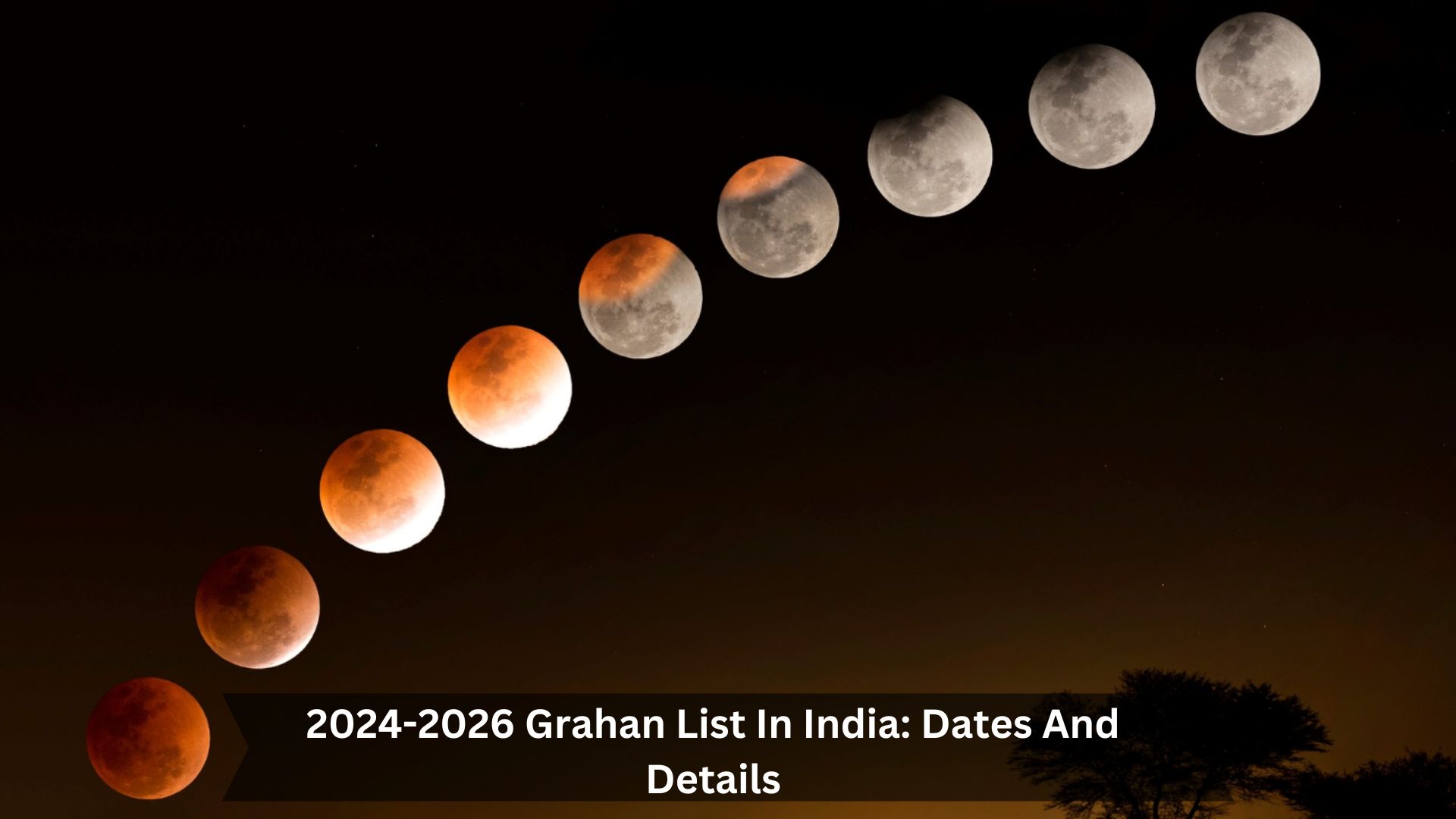From 2024 to 2026, solar and lunar eclipses are big deals in India. People across the country, from astronomers to everyday skywatchers, look forward to these events. In India, eclipses are more than just extraordinary scientific occurrences; they’re part of cultural and religious life. People follow age-old traditions and perform specific rituals during eclipses, which shows how important these events are in Indian culture.
At the same time, scientists use these eclipses to advance research and attract more people to astronomy. These celestial events bring together old traditions and new knowledge, highlighting India’s rich culture and helping everyone learn more about the universe.
Types of Eclipses
Solar Eclipses
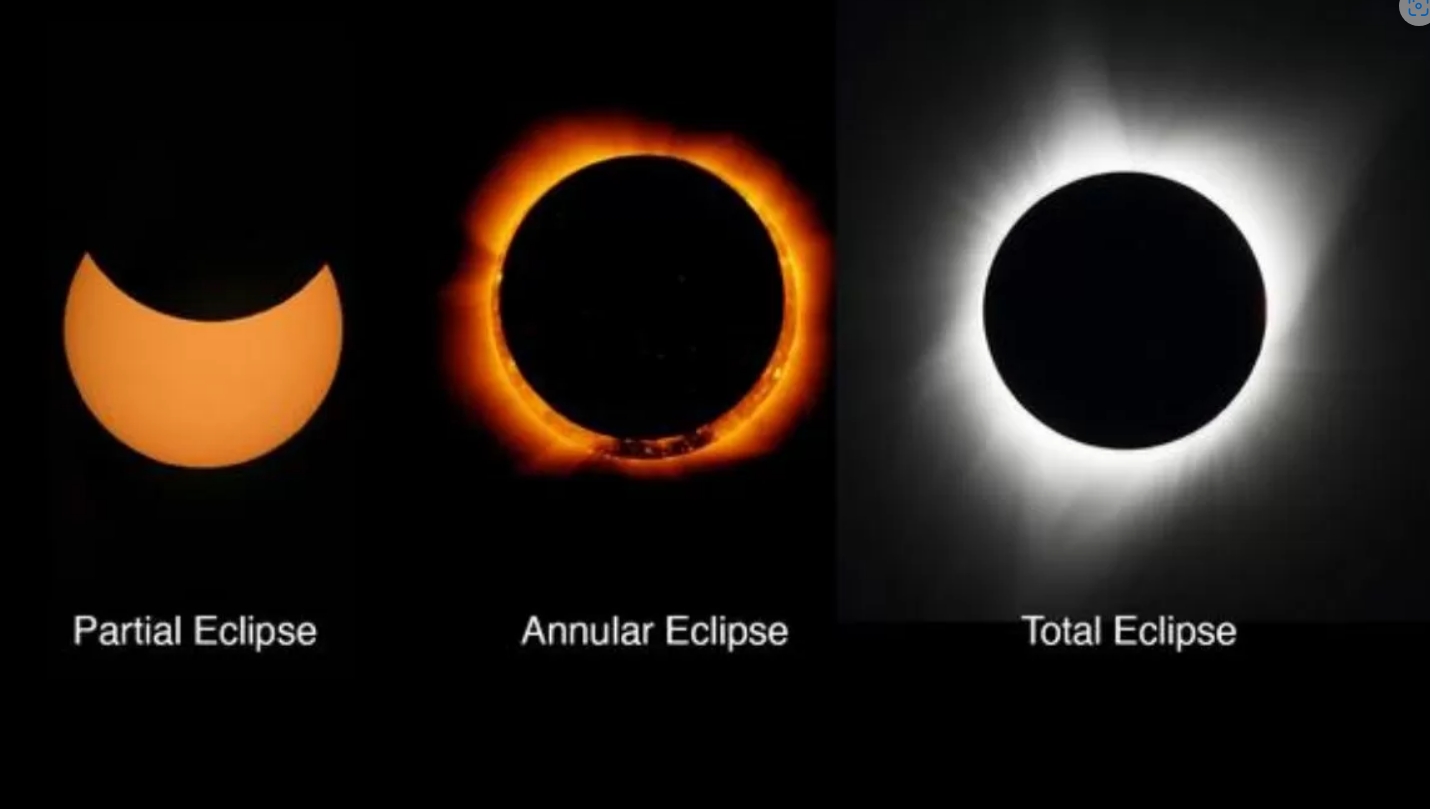
Solar eclipses happen when the Moon gets in the way between Earth and the Sun, throwing a shadow that either partly or entirely blocks out the Sun. There are three kinds of solar eclipses. During a total solar eclipse, the Moon covers the Sun entirely, and all you can see is the Sun’s outer atmosphere, or corona.
An annular eclipse is when the Moon doesn’t entirely cover the entire Sun, leaving a bright, ring-like outline. A partial solar eclipse occurs when the Moon only covers part of the Sun. These events are pretty amazing to see, and they’re also great for scientists to learn more about the Sun, like its structure and how its atmosphere behaves.
Lunar Eclipses
Lunar eclipses happen when Earth gets between the Sun and the Moon, casting a shadow on the Moon. This can make the Moon hard to see, either wholly or partly. You can watch these events from anywhere it’s night on Earth.
There are three kinds of lunar eclipses: total, partial, and penumbral. During a total lunar eclipse, the whole Moon goes dark and might even look red. This red color comes from Earth’s atmosphere scattering sunlight. In a partial lunar eclipse, only part of the Moon goes dark. A penumbral eclipse is a bit different — the Moon only passes through a lighter part of Earth’s shadow, causing a slight dimming that’s usually tough to notice.
Upcoming Eclipses in 2024, 2025, 2026
Solar Eclipses
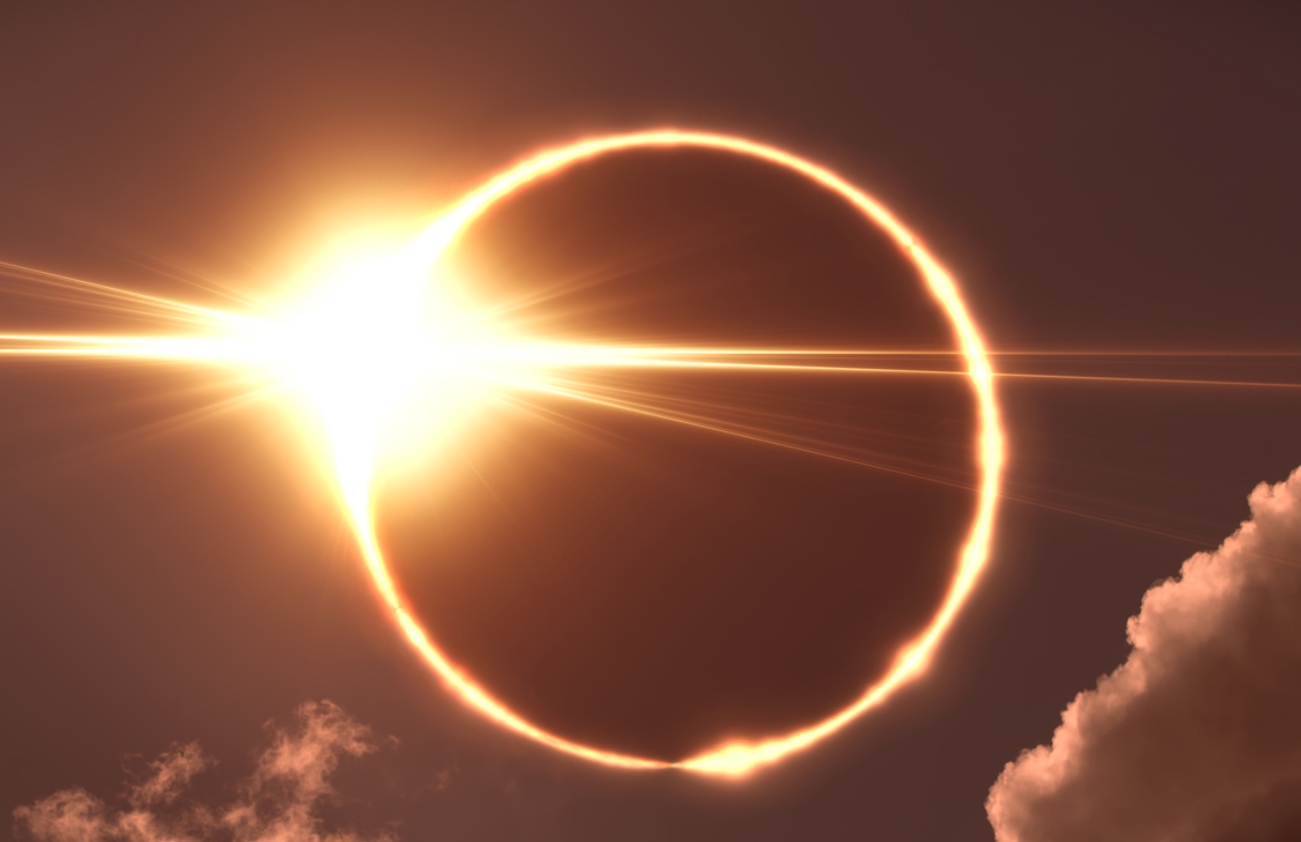
India is set to experience several impressive solar eclipses over the next three years, in 2024, 2025, and 2026. First up, on October 2, 2024, we’ll see an annular eclipse. This happens when the moon covers the sun’s centre but leaves a bright ring visible, known as the ‘ring of fire.’
Then, on August 23, 2025, a partial solar eclipse will occur, in which the moon blocks part of the sun. Another partial eclipse will follow on February 17, 2026. These events are great chances for astronomers and anyone interested in space to watch and learn more about the sun’s outer atmosphere and other sky phenomena.
Lunar Eclipses
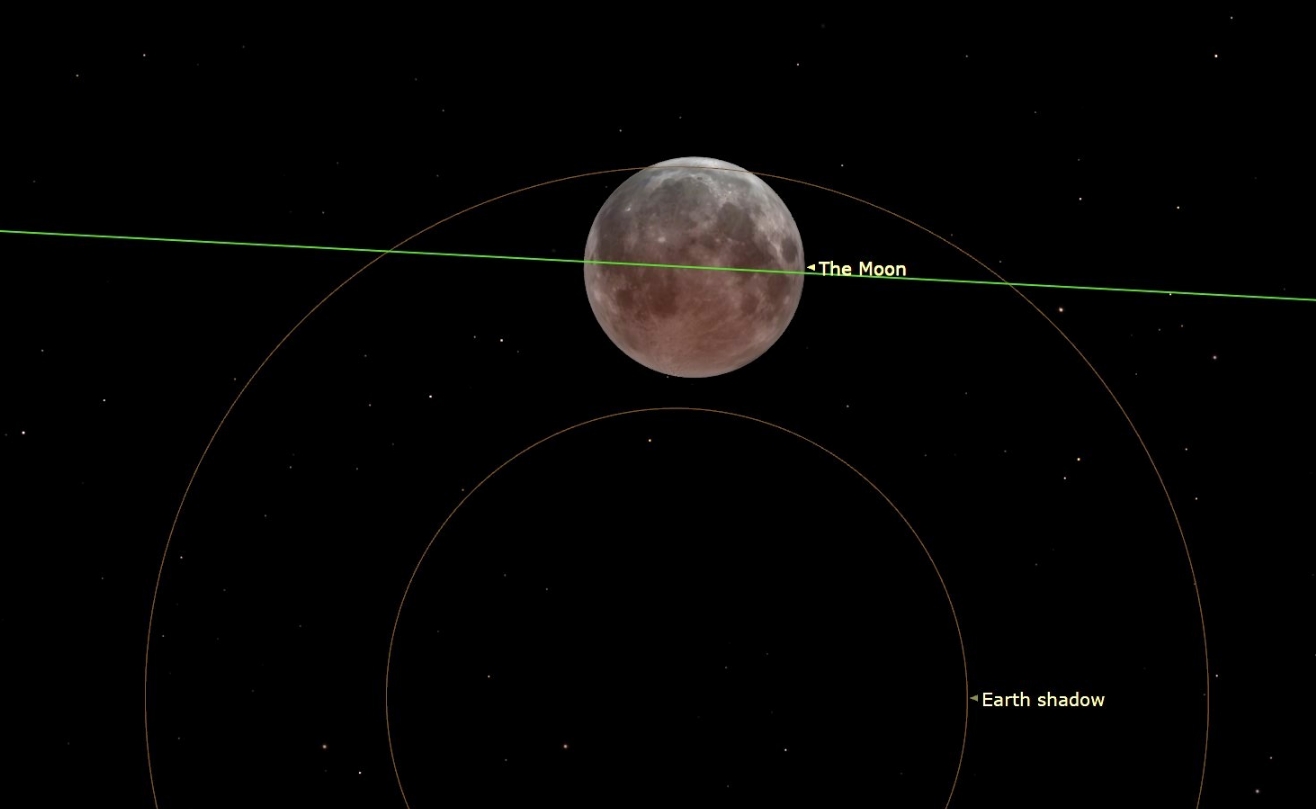
From 2024 to 2026, India will see several lunar eclipses. On March 25, 2024, there’s a penumbral lunar eclipse. This means you’ll notice a light shadow over the moon. Then, on September 18, 2024, a part of the moon will darken during a partial lunar eclipse. It’s quite a sight.
In 2025, there are two more: a total lunar eclipse on March 14, when Earth’s shadow will fully cover the moon, and another lighter, penumbral eclipse on September 7. The show goes on in 2026 with another partial lunar eclipse on March 3. This one will be visible across many parts of India, adding to the series of stunning sky events.
| Year | Date | Type of Eclipse | Visibility in India | Details |
|---|---|---|---|---|
| 2024 | April 8, 2024 | Total Solar Eclipse | No | Visible in parts of North America, not visible in India. |
| 2024 | October 2, 2024 | Annular Solar Eclipse | Yes | Partial visibility across India. |
| 2024 | October 17, 2024 | Partial Lunar Eclipse | Yes | Visible across India during the night. |
| 2025 | March 29, 2025 | Total Lunar Eclipse | Yes | Visible across India during the night. |
| 2025 | September 21, 2025 | Partial Solar Eclipse | Yes | Partial visibility across India. |
| 2025 | September 7, 2025 | Total Lunar Eclipse | Yes | Visible across India during the night. |
| 2026 | February 17, 2026 | Annular Solar Eclipse | Yes | Partial visibility in southern parts of India. |
| 2026 | August 12, 2026 | Partial Solar Eclipse | No | Visible in parts of the Arctic and Greenland, not visible in India. |
| 2026 | August 28, 2026 | Total Lunar Eclipse | Yes | Visible across India during the night. |
How to Watch Eclipses in India
City-wise timings
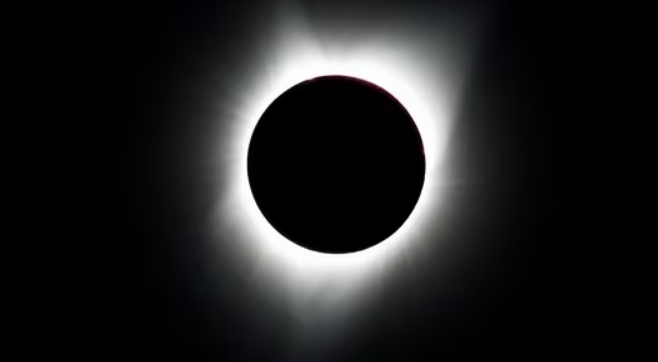
To get the best view of the upcoming eclipses in India, we’ve broken down the times for different cities. If you’re in New Delhi, the solar eclipse on May 21, 2024, will start at 11:07 AM and the main event will be at 1:12 PM.
In Mumbai, it kicks off at 11:20 AM and the peak time to watch is at 1:28 PM. Over in Kolkata, things get going at 11:34 AM, with the peak at 1:43 PM. Down south in Chennai, the eclipse begins at 11:15 AM and hits its high point at 1:22 PM. And if you’re watching from Bangalore, start looking at 11:22 AM, with the best part at 1:30 PM. Each city has its own schedule, so everyone gets an excellent chance to see something special.
See Also – Chandra Grahan Timing: Lunar Eclipse 2024 Dates And Times
Live updates
When planning your eclipse viewing, it’s smart to monitor live coverage. This ensures you won’t miss any updates on the big day. In India, you can catch the action on several platforms. Dedicated astronomy websites, online national news outlets, and certain mobile apps offer live streaming. These sources don’t just show the eclipse; they also provide expert commentary and interactive features to enhance your experience.
Make sure your internet connection is solid, and consider using apps that alert you to the most important moments of the eclipse. These tools will not only keep you informed but also deepen your understanding of this amazing celestial event.
Sutak timings
If you plan to watch an eclipse in India, knowing about Sutak timings is good. Sutak is a period when Hindus avoid certain activities before an eclipse. It starts 12 hours before a lunar eclipse and 9 hours before a solar eclipse, and it ends when the eclipse does.
Many people don’t eat, drink, or start new projects during this time. But, they do take part in religious activities. Following these rules is a way to stay spiritually clean and follows old traditions based on Vedic astrology. To get the exact Sutak timings, check the local panchang, or Hindu almanac, since the times can change based on where you are in India.
Visibility worldwide
When planning to watch an eclipse in India, checking the Sutak timings first is essential. Depending on where the eclipse is visible, you can see both solar and lunar eclipses from many places in the country. Wear special glasses to protect your eyes if you want to watch a solar eclipse. High places are great for a clearer view because there’s less air pollution.
Lunar eclipses are more accessible; you can watch them without any special equipment. Try to find a spot that’s dark and away from city lights to get the best view. Also, many astronomy clubs and schools host events where experts can guide you through the eclipse. It’s an excellent way to learn while you watch.
Conclusion
Looking ahead to the eclipses we expect in India from 2024 to 2026, it’s clear they matter a lot both scientifically and culturally. Each eclipse is not just a beautiful show in the sky; it’s also a chance for scientists to learn more about our universe. These events are deeply significant for many cultures, shaping various festivals and rituals.
So, what should we do? Well, it’s key for everyone, from fans to experts, to get ready for these eclipses. Making sure everyone knows how to watch them safely and understand what they’re seeing can make a big difference. This way, we bridge the gap between science and cultural traditions. Each eclipse does more than just light up the sky; it also opens up new ways of thinking and understanding.

Deepak Sharma is a passionate writer and avid traveler who specializes in uncovering the beauty and history of India’s attractions and temples. A graduate of Delhi University, Deepak has a deep-rooted love for his country and its rich cultural heritage.
